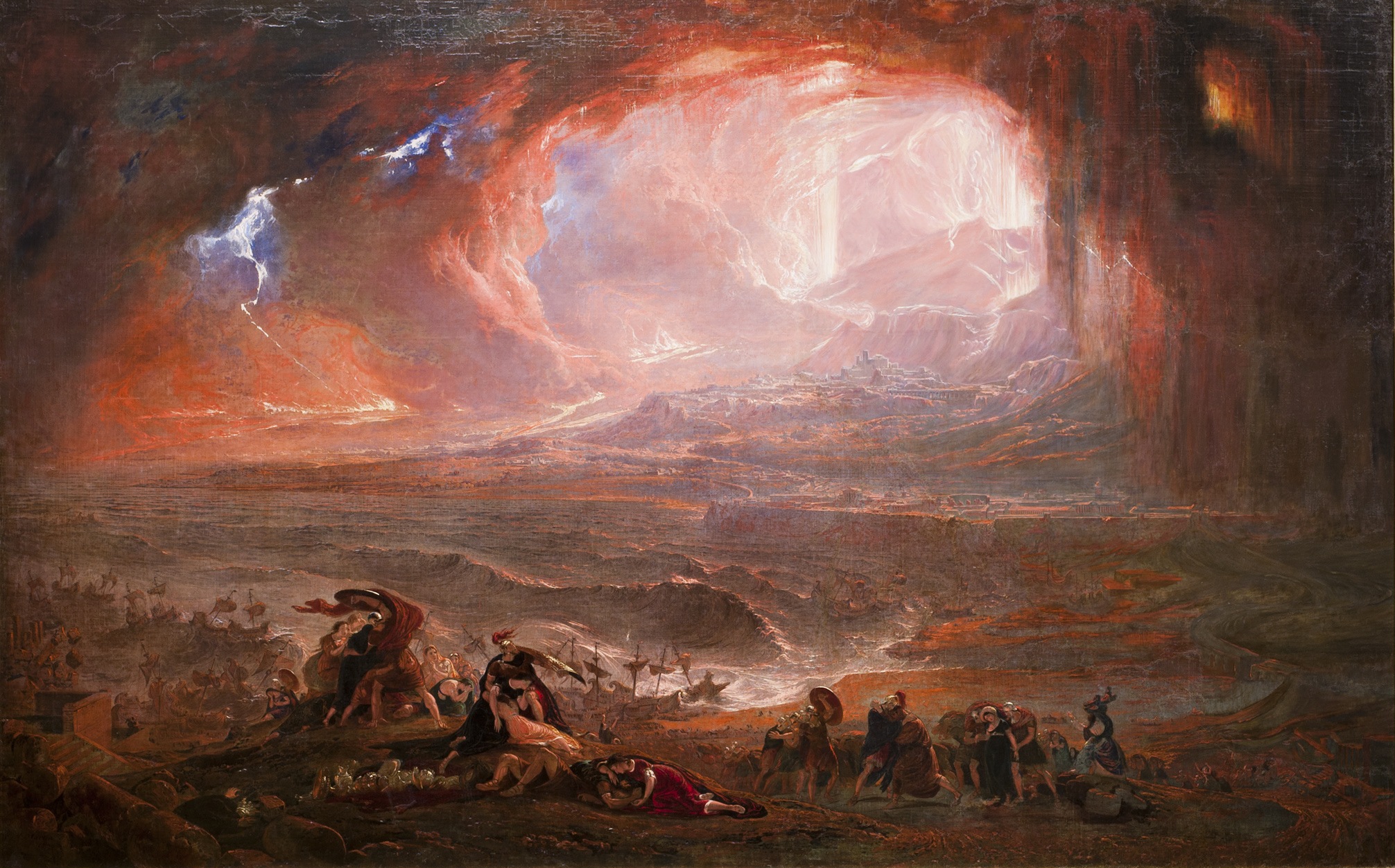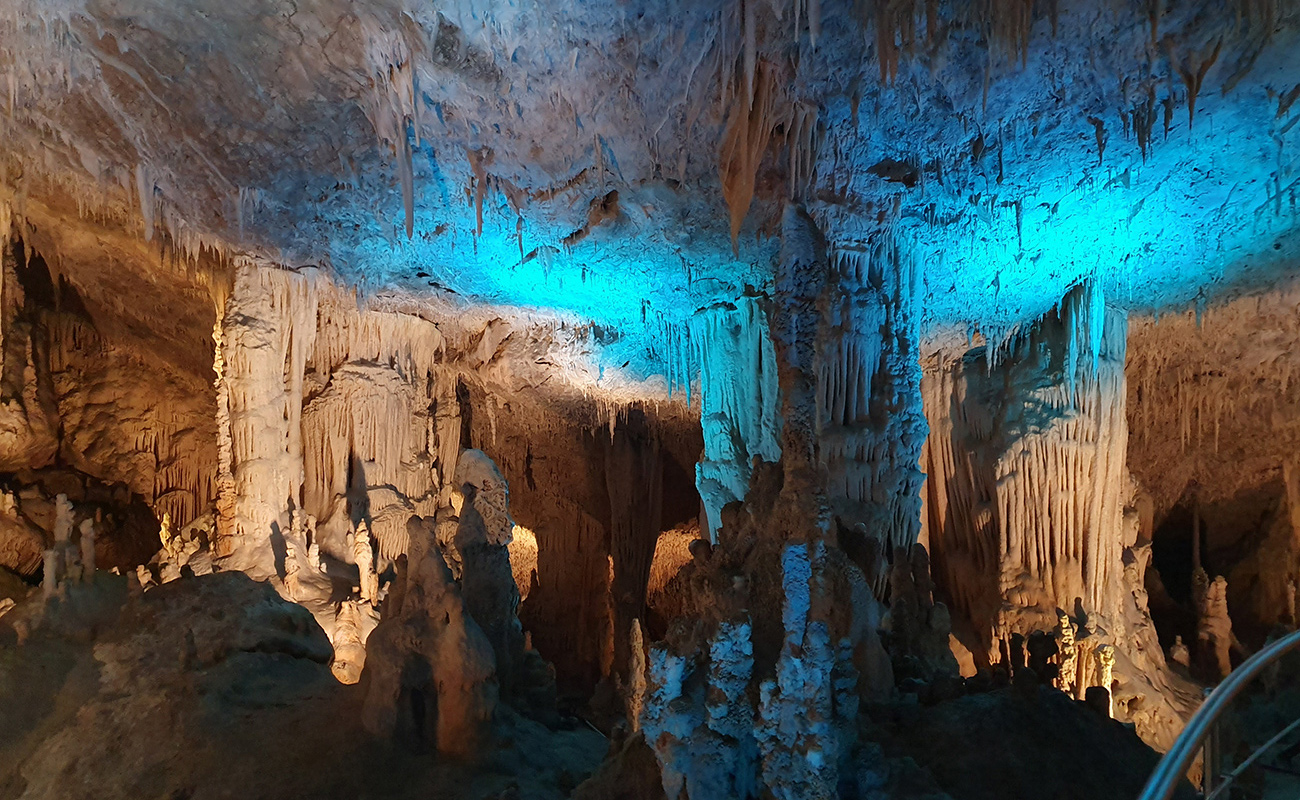
Tucked beneath the scenic village of Perama in Epirus, Greece, the Perama Cave offers one of the most impressive underground spectacles in the Balkans. Discovered by chance during wartime in the 1940s, this labyrinthine cavern has since earned global recognition for its remarkable geology, vast chambers, and dense forest of stalactites and stalagmites.
As a hidden world sculpted over millions of years, Perama Cave is not only a visual wonder—it is a living archive of Earth’s tectonic and hydrologic history. With ancient formations that resemble mythical creatures, crystal-like pillars, and cathedral-sized domes, the cave tells a story far older than civilization itself.
A Glimpse Into the Origins of Perama Cave
Geologists estimate that Perama Cave began forming over 1.5 million years ago. It lies within the limestone bedrock of the Goritsa Hill, a result of tectonic activity, water erosion, and karst processes that slowly carved its 14,000 square meters of subterranean tunnels and chambers.
The cave’s rich limestone geology enabled the growth of dazzling formations, with the slow dripping of calcium-rich water forming:
-
Stalactites (hanging from the ceiling)
-
Stalagmites (rising from the floor)
-
Columns where the two join
-
Curtains and “cave pearls” from flowstone activity
Today, the cave includes over 19 different types of cave formations, a global rarity according to speleologists.
Discovery During WWII: A Hidden Refuge
Perama Cave was discovered in 1940 during the Greco-Italian War. Villagers used the cave as a bomb shelter, unaware of the geological treasure beneath their feet. It wasn’t until 1951 that the famous speleologist Anna Petrocheilou and her team began systematic exploration and mapping of the cavern.
This period marked the beginning of Perama’s scientific and touristic fame. Petrocheilou documented the cave’s unique mineral structures and bio-ecosystem, and helped bring international attention to its preservation.
A Walk Through the Underground Palace
The guided walking route inside the cave spans approximately 1 kilometer and takes about 45 minutes to complete. Visitors traverse a labyrinth of chambers with evocative names such as:
-
The Chamber of the Cross
-
The Palace
-
The Hall of the Lost Child
-
The Red Room
The combination of sound-dampened silence, multicolored lighting, and massive rock formations creates a sense of awe. Some formations resemble animals, humans, or mythological figures, giving the cave an almost supernatural character.
What makes Perama Cave exceptional is the density and diversity of its formations. Unlike most caves that exhibit only 5–10 types of speleothems, Perama boasts nearly 20—a fact that places it among the most geologically complex show caves in Europe.
A Rare Ecosystem and Fossil Legacy
Beyond beauty, the cave shelters its own micro-ecosystem. Tiny, blind invertebrates thrive in the cool, moist air. Most notably, the cave once hosted the fossilized remains of a prehistoric bear, a Ursus spelaeus, that roamed the region tens of thousands of years ago.
While no living bears inhabit the cave today, a replica skeleton is displayed inside, and its discovery adds to the scientific significance of Perama Cave.
The temperature inside remains constant at around 17°C (62.6°F) year-round, and the high humidity (~95%) provides optimal conditions for calcite growth and organic preservation.
Cultural Connections and Nearby Attractions
The cave lies only 5 km from Ioannina, a city known for its Byzantine heritage and Ottoman architecture. The Perama district itself sits by Lake Pamvotis, offering natural serenity and proximity to the Island of Ioannina, a top historical and culinary destination.
Due to its proximity, Perama Cave is frequently included in day-trip itineraries that explore local monasteries, the Ali Pasha museum, and surrounding villages. For cultural travelers, it offers both geological marvel and regional depth.
The cave is even featured in curated lists like Greece’s most miraculous caves, which highlights lesser-known subterranean landmarks tied to myth, nature, and archaeology.
Speleology and Global Recognition
Perama Cave has earned international recognition not just for its beauty, but also for its scientific importance. It is included in studies by speleological institutes across Europe and the U.S., such as those cataloging speleothem formation rates and karst hydrology.
Geologists praise the cave for:
-
Its layered carbonate formations, ideal for studying paleoclimate shifts
-
Its mineralogical variety, including rare forms of aragonite and helictites
-
The absence of modern pollution, making it a “clean” system
According to USGS reports on karst systems, caves like Perama are critical to understanding groundwater movement, mineral cycles, and even microbial life.
Visitor Experience and Practical Tips
Opening Hours:
The cave is open year-round, with adjusted hours during winter. Official guides are mandatory to protect the site and enhance the visitor experience.
Entry Fee:
Tickets are reasonably priced (approx. €7 for adults), with discounts for students and children.
What to Bring:
-
Comfortable shoes (the terrain is uneven and humid)
-
A light jacket (the temperature is cool)
-
A camera (photography is allowed without flash)
Accessibility:
Due to its structure, the cave is not wheelchair accessible, but improvements are underway to provide easier access for elderly visitors.
Educational Value and School Programs
Local schools regularly organize field trips to Perama Cave, reinforcing its role in education and environmental awareness. Students learn about:
-
Earth’s geological timeline
-
Mineral formation processes
-
Fossil records and prehistoric fauna
-
Ecosystem fragility and climate conservation
It’s not uncommon to see children sketching stalactites or answering scavenger hunt questions within the cave under teacher supervision.
Sustainability and Conservation Efforts
The cave is protected under the Greek Ministry of Culture and Environment, with strict conservation protocols:
-
Lighting systems are eco-efficient and avoid heat damage
-
Visitor numbers are regulated to prevent humidity spikes
-
No food, smoke, or litter is permitted inside
Researchers conduct regular studies to monitor calcite health and microbiological integrity. A campaign to digitize and 3D-scan the cave is currently under discussion.
Why Perama Cave Matters
Beyond being a tourist attraction, Perama Cave holds global relevance:
-
Geologically: A rare model of karst formation with vast speleothem diversity
-
Ecologically: Home to cave-adapted lifeforms and stable climatic records
-
Culturally: Part of the broader mytho-historic terrain of Epirus
-
Educationally: A field site for children, scientists, and environmentalists alike
Its combination of accessibility, beauty, and depth makes Perama Cave not just a local wonder, but a microcosm of Earth’s underground magic.
❓FAQ
Q1: Where is Perama Cave located?
It is in the village of Perama, just outside Ioannina, in northwestern Greece.
Q2: How was the cave discovered?
It was discovered in 1940 by locals seeking shelter during WWII bombings.
Q3: How big is Perama Cave?
The cave extends across 14,000 square meters, with a 1-kilometer walking path.
Q4: Are there fossils inside the cave?
Yes, notably a cave bear skeleton (Ursus spelaeus) was found in its chambers.
Q5: Is photography allowed?
Yes, but flash photography is restricted to protect the cave formations.
Q6: Can children visit the cave?
Yes—it’s safe and even used as an educational site for schools.
Q7: Is Perama Cave suitable for elderly or disabled visitors?
Partially. The terrain is uneven and not fully accessible, but manageable for most adults with care.
Q8: What is the best time to visit?
Spring and autumn are ideal due to mild weather and fewer crowds.






